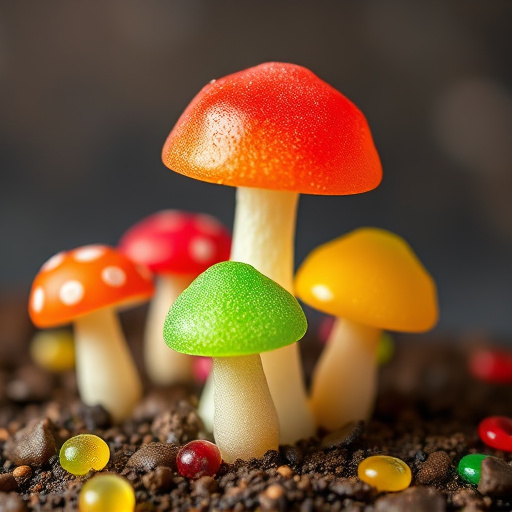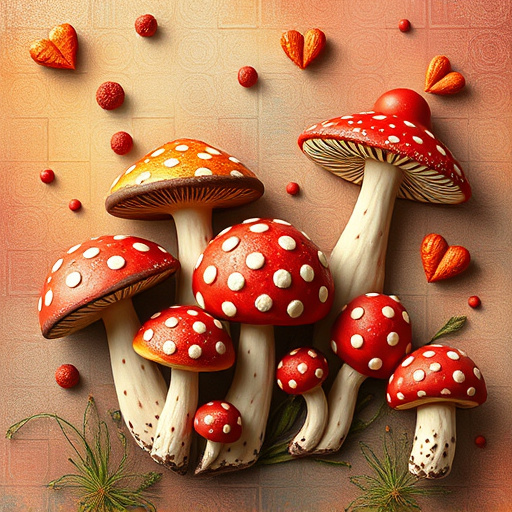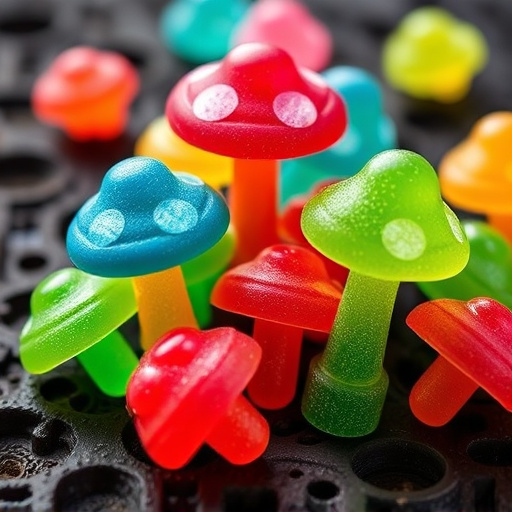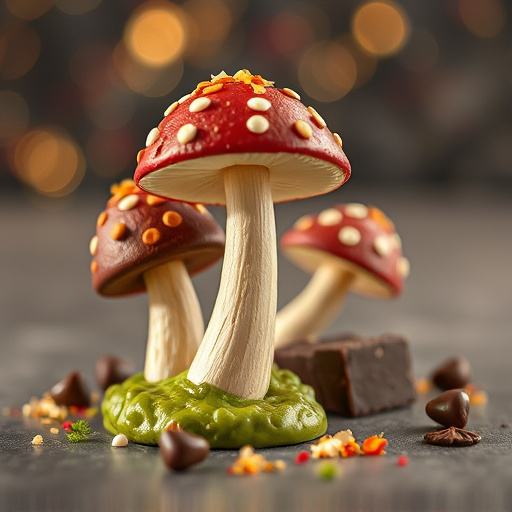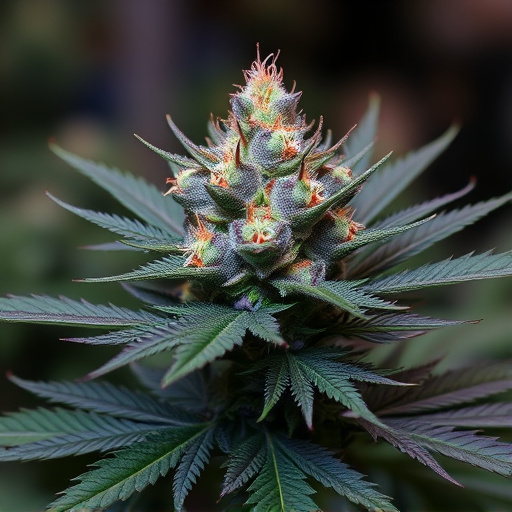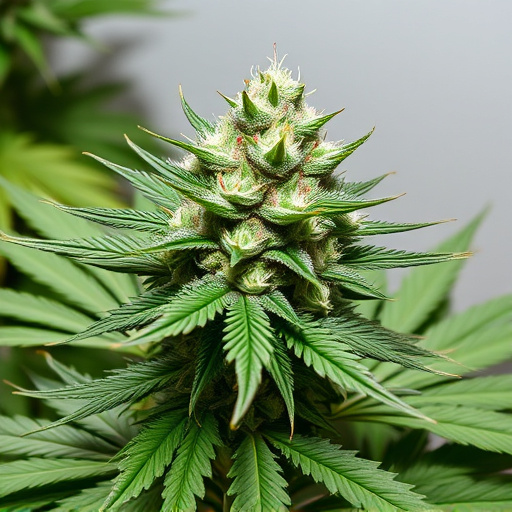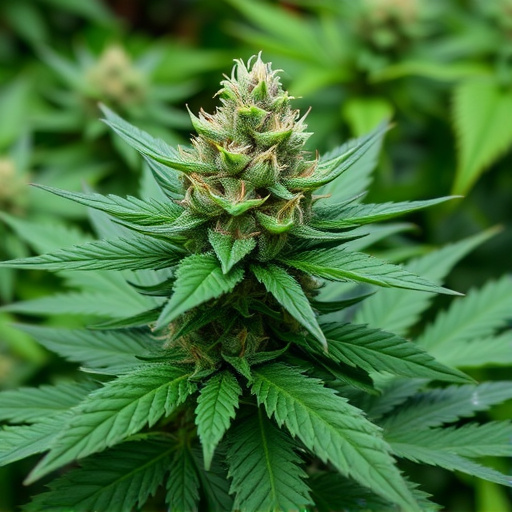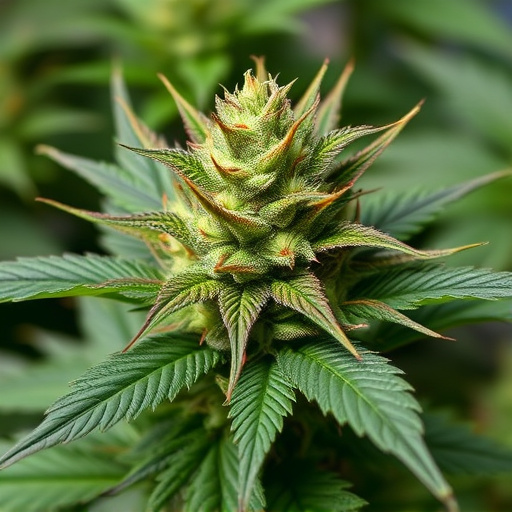Cannabis trichomes, microscopic glands on flowers and leaves, determine strain potency and quality. They produce cannabinoids like THC and CBD, with dense, mature trichomes (visible as clear glands) signifying the strongest, most therapeutic strains. Cultivators selectively breed plants to maximize trichome density, focusing on lighting, timing, and hand-trimming techniques for optimal potency, flavor, and effects in the final strongest cannabis strains.
“Unveiling the secrets behind the potency of cannabis lies in understanding its intricate trichome structures. These tiny, hair-like formations on the plant’s surface are not just visual cues; they house powerful compounds responsible for the unique effects and strengths of different cannabis strains. This article explores the role of trichomes in enhancing cannabis’ therapeutic and recreational properties, offering insights into how their composition contributes to identifying and cultivating the strongest cannabis strains available.”
- Understanding Cannabis Trichomes: The Tiny Structures That Make Strains Potent
- How Trichome Composition Contributes to the Strength of Cannabis Strains
- Unlocking the Secrets: Techniques for Identifying and Harvesting High-Trichome Cannabis Plants
Understanding Cannabis Trichomes: The Tiny Structures That Make Strains Potent

Cannabis trichomes are tiny, hair-like structures that cover the surface of cannabis plants, especially on the flowers and leaves. They play a significant role in making different strains of cannabis potent and desirable for various reasons. These glands produce a range of chemical compounds, most notably cannabinoids like THC (tetrahydrocannabinol) and CBD (cannabidiol), which are responsible for the plant’s unique effects on the human body.
The presence and density of trichomes are direct indicators of a cannabis strain’s quality and strength. Strains known for their high potential often have abundant, resinous trichomes that secrete higher concentrations of potent compounds. The strongest cannabis strains typically feature mature trichomes, visible to the naked eye as tiny, clear glands, signaling their richness in desirable cannabinoids, making them popular choices among those seeking robust therapeutic effects or intense recreational experiences.
How Trichome Composition Contributes to the Strength of Cannabis Strains
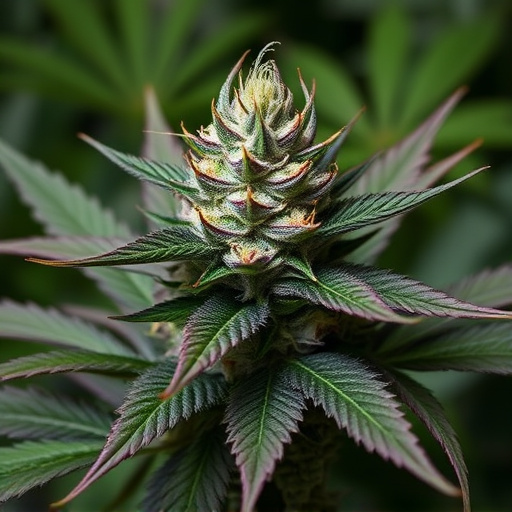
Cannabis trichomes, tiny glandular structures that cover the surface of cannabis plants, play a significant role in determining the strength and potency of different strains. These trichomes produce and concentrate various chemical compounds, including cannabinoids like THC (tetrahydrocannabinol) and CBD (cannabidiol), as well as terpenes, which contribute to the unique flavors and aromas associated with each strain. The composition and density of these trichomes directly impact the overall potency.
Strongest cannabis strains often boast a higher concentration of trichomes, especially those containing elevated levels of THC. As trichome density increases, so does the potential for a more intense and powerful effect when consumed. This is why some cultivators focus on selective breeding and cultivation techniques to maximize trichome production, ultimately aiming to create the most potent and sought-after strongest cannabis strains in the market.
Unlocking the Secrets: Techniques for Identifying and Harvesting High-Trichome Cannabis Plants
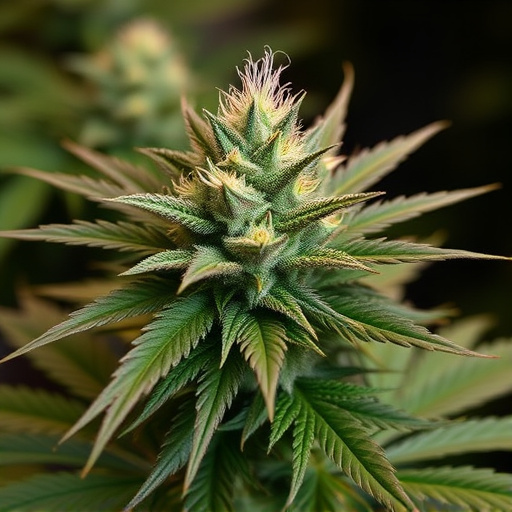
Unlocking the Secrets: Techniques for Identifying and Harvesting High-Trichome Cannabis Plants
Identifying high-trichome cannabis plants is a key step in sourcing the strongest cannabis strains. Trichomes, small glandular hairs that cover the surface of cannabis flowers, are responsible for producing many of the plant’s most potent compounds, including THC and terpenes. To find these superior plants, cultivators often inspect buds under a microscope or use specialized lighting to reveal trichome density. Looking for healthy, transparent trichomes with a sticky resin is a sure sign of high-quality cannabis.
When it comes to harvesting, timing is crucial. Typically, cannabis plants reach their peak trichome development about a week before they’re ready for harvest. Cultivators wait until the majority of trichomes turn milky or amber in color, indicating optimal potency and flavor. Careful harvesting techniques, like hand-trimming, allow for better control over the final product, ensuring maximum trichome preservation and, consequently, enhanced effects and aroma in the final cannabis strains.
Cannabis trichomes are microscopic, hair-like structures that play a pivotal role in determining the potency of various cannabis strains. By understanding their composition and how they contribute to the plant’s unique properties, cultivators can unlock the secrets to growing some of the strongest cannabis strains. The techniques discussed for identifying and harvesting high-trichome plants offer a glimpse into the art of maximizing these microscopic marvels, ensuring that enthusiasts can experience the full potential of this remarkable flora.



